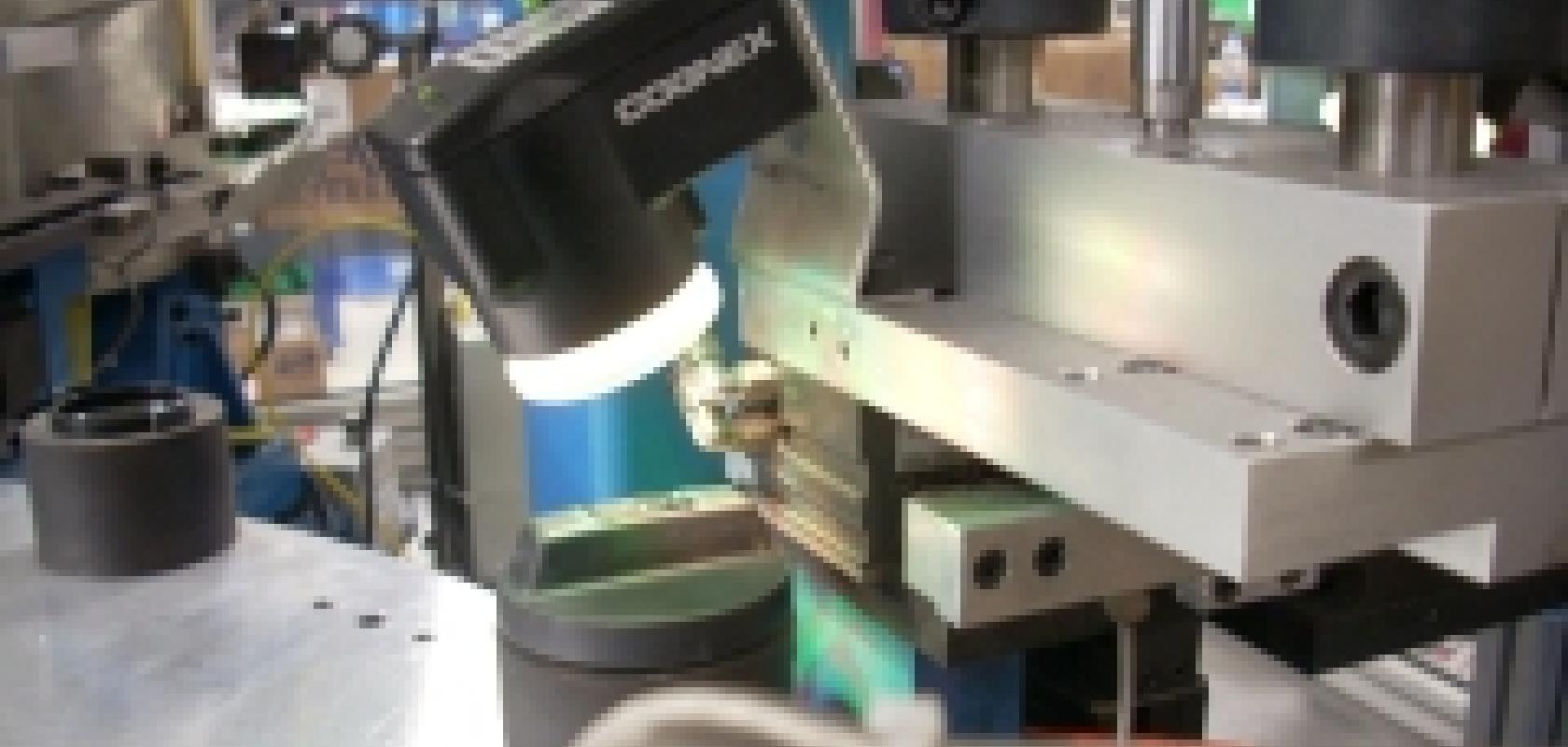The efficiency of production lines at Miniature Precision Components' (MPC) manufacturing plant has been vastly improved through the use of vision sensors. MPC is involved in, among other things, the assembly of oil caps for automotive companies and at its Prairie du Chien, WI facility in the US.
'We achieve quality through automation, and machine vision has been a key component of our automation strategy for the last seven years,' explained Shane Harsha, MPC manufacturing engineering manager.
MPC selected three Checker 202 vision sensors from Cognex to ensure proper o-ring and cap orientation. The first detects inverted o-rings between the vibratory feeder bowl and inline conveyor. A second vision sensor checks that the o-ring is positioned properly on the dial fixture before the cap is pressed on. A third ensures cap orientation is correct prior to assembly and printing.
Each o-ring has a sealing bead on one side that must be placed face down when the seal is loaded onto the assembly dial. If it's not, the machine shuts down. The operator must then access and reposition the seal before restarting the machine.
'Having the operator flip these seals and restart the machine was really eating into our efficiency,' said Harsha. 'If the production rate dropped from 360 to 200 caps per hour, it cost us about $20,000 a year in downtime. As we approach full production volumes, that cost could increase to as much as $120,000 per year.'
Brian Champion, MPC automation and tooling engineer commented: 'The small size, built-in lighting, variable working distance, ladder logic and free-running capability make these devices very simple to install. There was no need to wire them to a PLC, no need to install and wire trigger sensors, and the four-step set up makes it by far the easiest vision sensor that I’ve ever used.'


